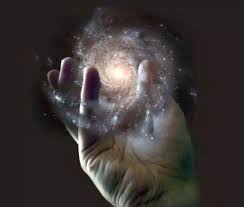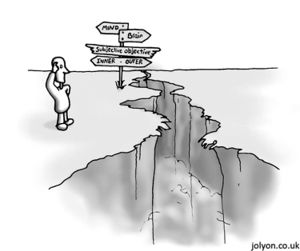Session Six - Objective Vision
Objective Vision:Historians track the rise and times of scientific objectivity -Bruce Bower Science News Vol. 154, No. 23 (Dec. 5, 1998), pp. 360-362
The study aims to explore the root of objective visions in the history of scientific research fields, especially the rise of scientific objectivity.
The writer first made an example of a well-designed atlas of the human skeleton and muscles made by a Dutch anatomist Bernhard Albinus in 1749. The purpose was to show that objectivity was not so important in science back to the 18th century and knowledge seekers were deferring to the informed imaginations of acknowledged geniuses.
Then the writer described the very first period that science embraced objectivity in the 19th century. Many scientists believed that it was the best to let nature speak for itself instead of through the mouths of intelligent humans says Peter L. Galison (1992). Through the perspective of historians that objectivity standards became a flexible framework for explaining the world and the progress of science have helped to strengthen this framework.
However, there was a battlefield on objectivity in science. Scholars include sociologists and philosophers, thought of objectivity as a tool. Scientists didn't only use it to tell the stories but also boost their power and prestige. On the other side, people who disagree with this view said that researchers can refine realities that yield basic laws of nature because of conventions of objectivity. The writer concluded this battle by quoting Theodore M.Porter’s opinion that we should focus more on the history of objectivity, but we should not attack science.
The writer described the phenomenon that due to scientific atlases that proliferated from 1830 to 1920, cameras and other machines were used to draw atlases instead of humans, they were highly trustable, scientists were obsessed by the mechanical objectivity. However, these machines also created a huge impact on established scientific theories, there were even fears and loathing of the imagination in science due to Daston’s (1998) opinion, she also pointed that scientists broadened their pursuit of objectivity beyond its basic mechanical form, they standardized their instruments, clarified basic concepts and wrote in an impersonal style so it was easier for their peers to understand. Imagination was considered as a dangerous and wild force, facts were something unmeasurable and unbreakable. In contrast, Galison (1998) said that a trained imagination replaced mechanical objectivity in medical and natural sciences by around 1920.
In conclusion, the writer talked about the positive side of the mechanical objectivity in science that scientists still find much of value under the strict mechanical objectivity and standard mathematical methods. The better scientific discipline is based on the informal, shared conventions rather than rigidly applied objective methods.
Sources:
Daston L, Galison P. The image of objectivity[J]. Representations, 1992: 81-81.


